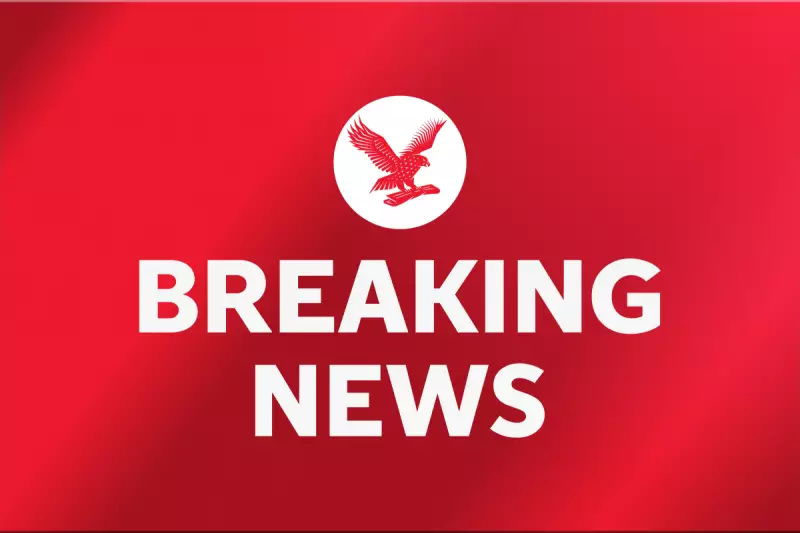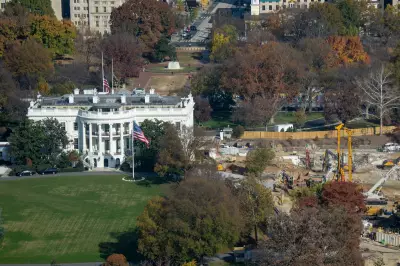
Thailand and Cambodia have agreed to a ceasefire after recent violent clashes along their shared border, marking a significant step towards de-escalation in the region.
The agreement comes after days of heightened tensions, with both sides accusing the other of initiating hostilities. The disputed border area has long been a flashpoint between the two Southeast Asian nations.
Diplomatic Efforts Bear Fruit
Regional observers had expressed concern that the conflict could spiral out of control, but swift diplomatic intervention appears to have prevented further escalation. Military commanders from both countries met at the border to finalise the ceasefire terms.
Historical Context of the Dispute
The border between Thailand and Cambodia has been contentious for decades, with particular focus on the area surrounding the ancient Preah Vihear temple. The International Court of Justice awarded the temple to Cambodia in 1962, but surrounding land remains disputed.
What the Ceasefire Means
The agreement includes:
- An immediate cessation of hostilities
- The establishment of a joint monitoring mechanism
- Commitment to further diplomatic talks
Analysts suggest this development could pave the way for more permanent solutions to the border issues that have plagued relations between the two countries.
Regional Implications
The ceasefire has been welcomed by ASEAN members, who had been monitoring the situation closely. The resolution of this conflict is seen as crucial for maintaining stability in Southeast Asia.
As both nations work to implement the ceasefire agreement, the international community will be watching closely to ensure the peace holds.





